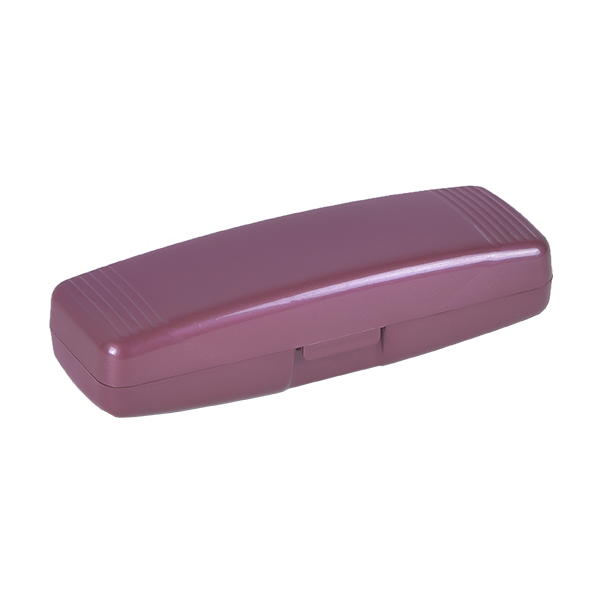1. Intense Competition
The spectacle case market is highly competitive, with numerous players ranging from established brands to new entrants. This intense competition can lead to price wars and margin pressures. Companies must continuously innovate and differentiate their products to stand out in the crowded market. Building strong brand loyalty and offering unique value propositions are essential strategies for maintaining a competitive edge.
2. Fluctuating Raw Material Prices
The cost of raw materials, such as plastics, metals, and textiles, can be volatile due to factors such as supply chain disruptions, environmental regulations, and market demand. Fluctuating raw material prices can impact production costs and profit margins. Manufacturers need to implement effective supply chain management and cost-control measures to mitigate these risks. Diversifying suppliers and investing in sustainable materials can also help manage costs.

3. Regulatory Compliance
The eyewear industry is subject to various regulations and standards related to product safety, materials, and environmental impact. Ensuring compliance with these regulations can be challenging and costly. Companies must stay updated on changing regulations and invest in testing and certification processes. Compliance with environmental regulations, such as restrictions on hazardous substances and waste management, is particularly important in the context of sustainability.
4. Consumer Preferences and Trends
Consumer preferences and trends are constantly evolving, influenced by factors such as fashion, technology, and cultural shifts. Staying attuned to these changes and responding with timely product updates is crucial for success. Companies need to invest in market research and consumer insights to understand and anticipate trends. Flexibility and agility in design and production processes enable quick adaptation to changing consumer demands.
5. Economic Uncertainty
Economic fluctuations and uncertainties can impact consumer spending and market demand. Economic downturns may lead to reduced discretionary spending, affecting the purchase of non-essential items such as fashionable spectacle cases. Companies must be prepared to navigate economic challenges by diversifying product offerings, optimizing operational efficiency, and exploring new markets.
6. Sustainability Expectations
Consumers and stakeholders are increasingly demanding sustainable and environmentally friendly products. Meeting these expectations requires investment in sustainable materials, production processes, and packaging. While sustainability initiatives can differentiate brands and appeal to eco-conscious consumers, they also involve higher costs and complexities. Balancing sustainability with profitability is a key challenge for companies in the spectacle case market.
Conclusion
In conclusion, the global market for spectacle cases offers significant opportunities for growth, driven by rising demand, emerging markets, and innovation. However, companies must navigate challenges such as intense competition, fluctuating raw material prices, regulatory compliance, and evolving consumer preferences. By leveraging opportunities, addressing challenges, and staying adaptable, manufacturers and retailers can succeed in the dynamic and expanding spectacle case market.
